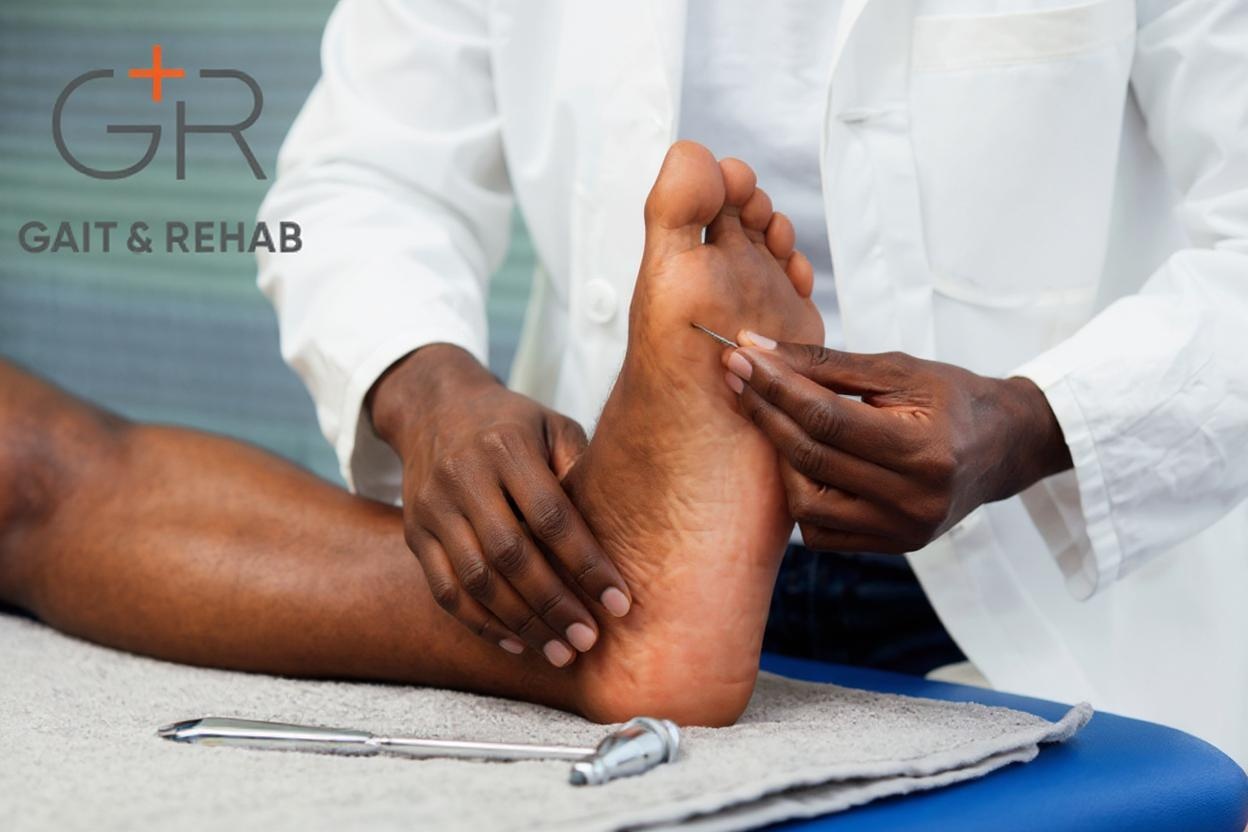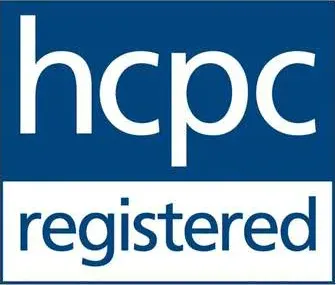
What Your Feet Tell Us About Your Health
What Your Feet Tell Us About Your Health: Complete Assessment Guide
Introduction: We often overlook our feet until they hurt. But in reality, they do far more than carry us from point A to B. Your feet are a mirror of your overall health, offering early clues about systemic issues like diabetes, vascular disease, and neurological dysfunction. At Gait and Rehab, we specialise in detailed foot health assessments that not only treat current concerns but also help detect and prevent more serious health issues.
Below, we explore the various ways your feet communicate changes in your health, as well as the tools we use to assess, manage, and monitor these conditions.
The Diabetes-Foot Health Connection: Why Early Detection Matters
One of the most well-known yet still underappreciated medical conditions that affects the feet is diabetes. High blood glucose levels over time can damage the small nerves and blood vessels in the feet.
Understanding Diabetic Foot Complications
Peripheral neuropathy and sensation loss
Circulation problems and delayed healing
Infection risks and ulceration
Our Diabetic Foot Assessment Protocol
10g Monofilament Testing: This is a gold standard tool used to check the loss of protective sensation. We apply a precise amount of pressure to specific areas of the feet. If you can't feel it in some areas, it may indicate nerve damage. Regular testing can track changes over time.
Vascular Assessment with Doppler Ultrasound: We use a handheld Doppler device to assess arterial flow in the foot. A healthy, triphasic signal indicates good circulation; any deviation might suggest peripheral arterial disease or early signs of vascular compromise. It's completely painless, and highly informative. Painless circulation evaluation
Comprehensive Visual Inspection: We examine skin integrity, nail health, foot shape, pressure points, and footwear. Early signs of trouble — such as dry skin, fungal nails, corns, calluses, or deformities — can flag future risks.
If you’re living with diabetes, even in its early stages, annual foot health assessments are essential. Early intervention can prevent serious complications, including ulceration, infection, and, in extreme cases, amputation.
Circulation Assessment: Your Feet as Health Indicators
Your feet are the most distal part of the body from your heart, meaning they are often the first area to show signs of reduced blood flow.
Signs of Poor Circulation in Feet
Cold, numb extremities
Walking-related cramping (claudication)
Skin discoloration and slow healing
Lower limb swelling and fatigue
Our Vascular Assessment Approach
Doppler ultrasound pulse evaluation We listen to the blood flow in the arteries of the feet. A strong, healthy pulse is an excellent sign. If the signal is weak or irregular, we may recommend further vascular investigations through your GP.
Skin and nail health analysis We look for subtle changes in colour, texture, and capillary refill that can indicate compromised circulation.
Gait observation for circulation issues Sometimes circulation issues are evident during movement. We assess walking mechanics to understand how blood flow, muscle function, and joint alignment are working together — or not.
Nerve Function Testing: Beyond Diabetes
Neuropathy isn’t just a complication of diabetes
Understanding Neuropathy Causes
Vitamin deficiencies
Autoimmune disorders
Spinal nerve compression
Chronic conditions
Comprehensive Neurological Assessment
10g monofilament sensation testing
Proprioception and balance evaluation
Fall risk assessment
General Foot Health: Daily Foundation Indicators
Everyday foot issues can point to broader concerns if left unmanaged.
Common Warning Signs
Corns, calluses, and cracked heels
Nail thickening or discolouration
Pain when standing or walking
Collapsing arches or unstable ankles
Fungal infections between the toes
Bunions or toe deformities
These might seem minor, but they can affect posture, gait, and comfort, and often point to biomechanical or load-distribution issues. That’s why we take the time to assess the whole foot and lower limb function, including pressure mapping and gait analysis if needed.
What to Expect During Your Foot Health Assessment
When you book a foot assessment at Gait and Rehab, you’re not just getting a once-over you’re getting a full clinical picture.
Comprehensive Evaluation Process
Vascular assessment using Doppler technology
Neurological screening protocols
Muscle strength and flexibility testing
Footwear and pressure analysis
Skin and nail condition check
Gait analysis and balance testing
Orthotic or footwear recommendations if necessary
The Importance of Preventive Foot Care
Why Professional Assessment Matters
Early intervention prevents complications
Maintains independence and mobility
Supports overall wellbeing
Cost-effective long-term health strategy
Take the First Step Towards Better Foot Health
Good foot health is about more than just comfort — it’s about independence, mobility, and overall wellbeing. Small issues, if left unaddressed, can lead to serious complications. At Gait and Rehab, we believe prevention is better than cure, and our holistic approach ensures you get the care you need, when you need it.
Take the First Step
Your feet are talking. Are you listening?
Contact us now to schedule your assessment and invest in your long-term health and mobility.




